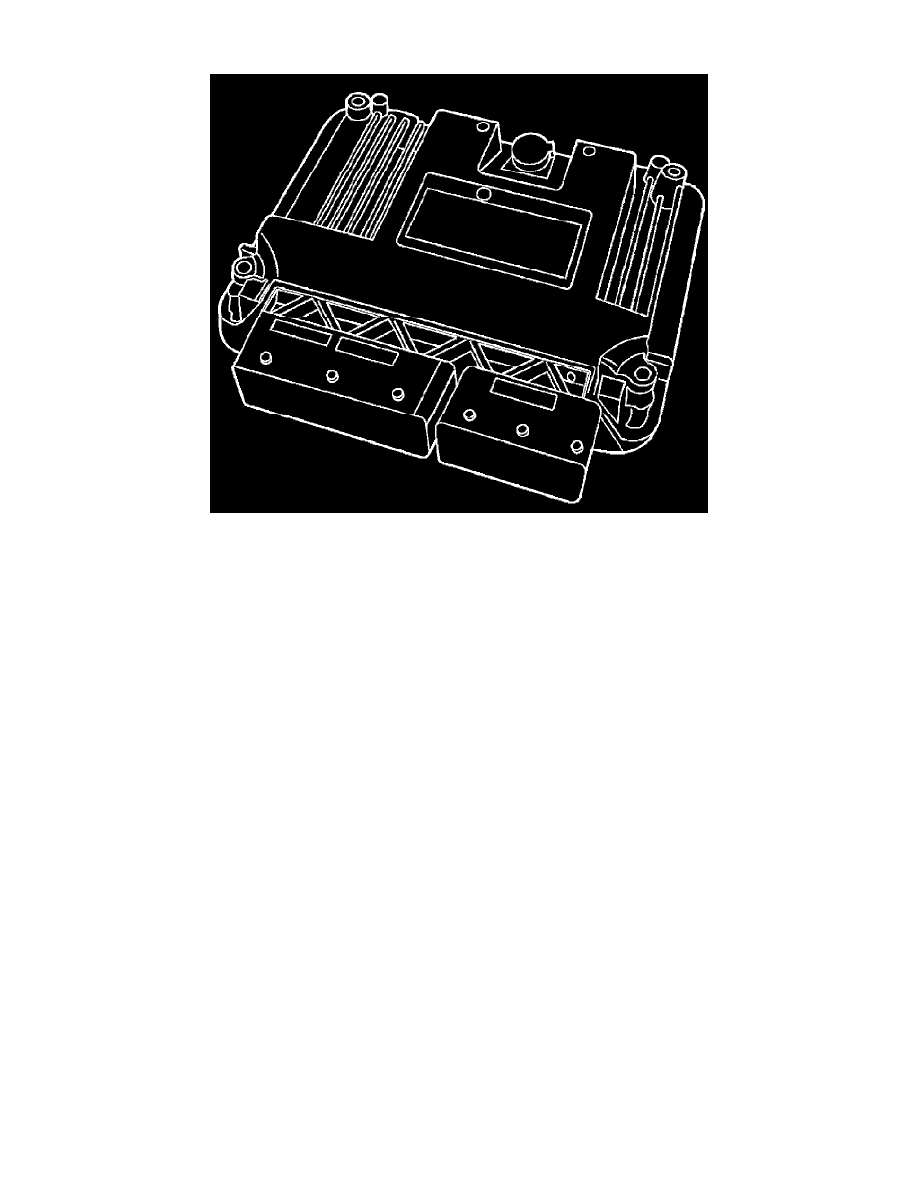XL-7 2WD V6-3.6L (2007)

Engine Control Module: Description and Operation
Engine Control Module Description
Engine Control Module Description
The engine control module (ECM) interacts with many more emission related components and systems, and monitors emission related components and
systems for deterioration. OBD II diagnostics monitor the system performance and a diagnostic trouble code (DTC) sets if the system performance
degrades.
The malfunction indicator lamp (MIL) operation and the DTC storage are dictated by the DTC type. A DTC is ranked as a Type A or Type B if the DTC
is emissions related. Type C is a nonemissions related DTC.
The ECM is in the engine compartment. The ECM is the control center of the engine controls system. The ECM controls the following components:
^
The fuel injection system
^
The ignition system
^
The emission control systems
^
The on-board diagnostics
^
The A/C and fan systems
^
The throttle actuation control (TAC) system
The ECM constantly monitors the information from various sensors and other inputs, and controls the systems that affect the vehicle performance and the
emissions. The ECM also performs diagnostic tests on various parts of the system. The ECM can recognize operational problems and alert the driver via
the MIL. When the ECM detects a malfunction, the ECM stores a DTC. The condition area is identified by the particular DTC that is set. This aids the
technician in making repairs.
ECM Function
The ECM can supply 5 volts or 12 volts to the various sensors or switches. This is done through pull-up resistors to the regulated power supplies within
the ECM. In some cases, even an ordinary shop voltmeter will not give an accurate reading because the resistance is too low. Therefore, a DMM with at
least 10 megaohms input impedance is required in order to ensure accurate voltage readings.
The ECM controls the output circuits by controlling the ground or the power feed circuit through the transistors or a device called an output driver
module.
EEPROM
The electronically erasable programmable read only memory (EEPROM) is a permanent memory that is physically part of the ECM. The EEPROM
contains program and calibration information that the ECM needs in order to control the powertrain operation.
